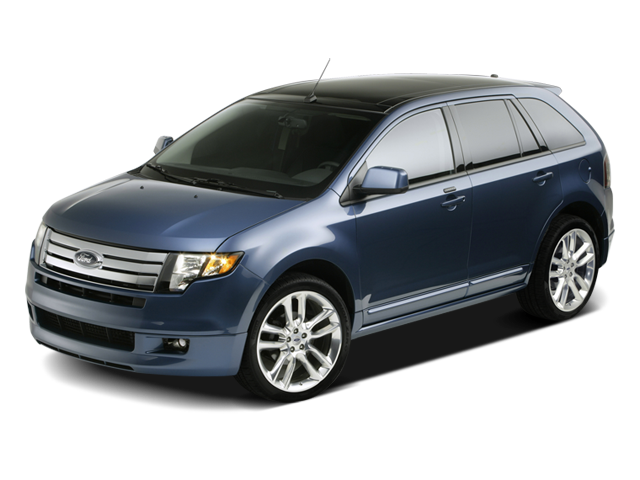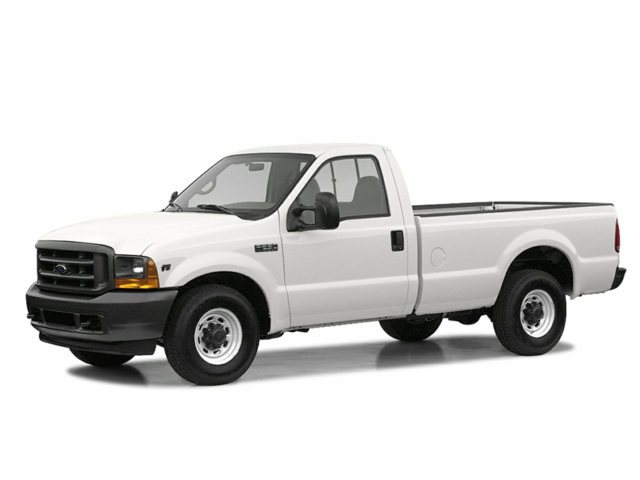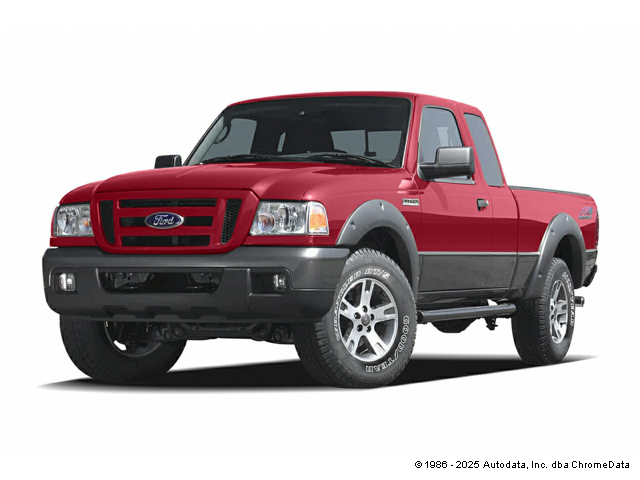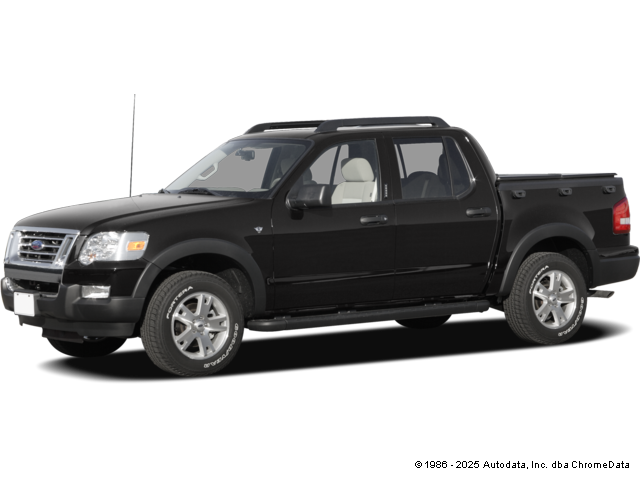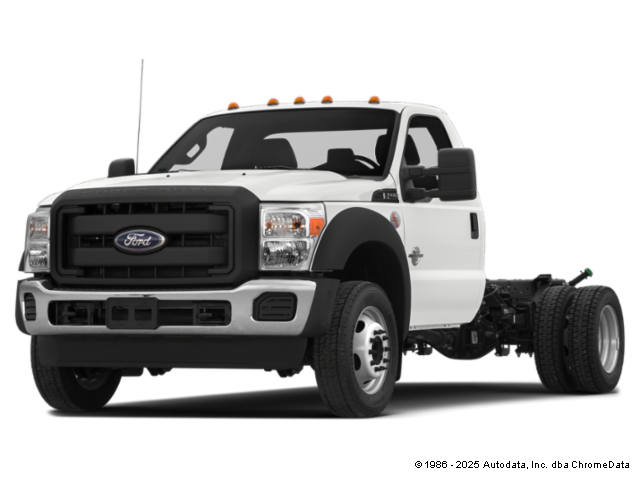2014 Ford Focus
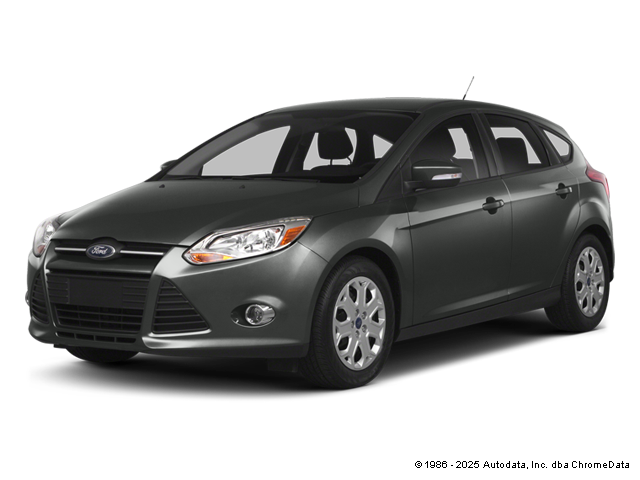
Mileage
81,055
Service Date
11/19/2021
Services Performed
- Remove all components necessary in order to gain access to the engine mount. Remove all attaching hardware for the mount and raise the engine slightly in order to remove the engine mount. Remove the mount from the vehicle and install the new mount into position and tighten all hardware to specification. Lower the engine back into position and center the driveline. Install all previously removed components back to original configuration and road test the vehicle.
- Trans Tech II Transmission machine is a self-contained system which connects directly to the transmission through the transmission cooler lines. The Trans Tech II completely exchanges 100% of the transmissions fluid while removing all internal debris. This cleaning is accomplished using only automatic transmission fluid and no solvents or chemicals which may shorten the transmissions life. The specified type of fluid is exchanged through the vehicles transmission till the unit is completely clean. This service is hands down the best way to replace virtually 100% of the transmissions fluid, without removing the transmission pan which could cause additional internal issues. Modern transmissions do not contain a 'filter', but use a debris screen. This screen is cleaned by the machine performing a back flush procedure to remove trapped debris. In some instances, where paper filters are used, the filter may need to be replaced depending upon the condition of the fluid before the service. Fluid is additional. Filter and pan gasket additional (if required).
- Clean the debris from the engines lower intake, and remove all ignition coil assemblies and spark plugs. Run thread chaser through the cylinder head to remove debris and clean the spark plug hole threads. Clean and tighten the coil terminal connections, and check the weather seals to prevent moisture intrusion. Set the gap of the new plugs to the manufacturers specification and apply anti-seize compound to plug threads. Install the spark plugs and torque to specification. Reinstall the vehicles ignition coils and install the coil connections using dielectric grease. Reinstall any previously removed vacuum, emissions, fuel, and electrical harnesses. Reinstall all ancillary engine brackets, and torque all components to the manufacturers specification. Perform full injection system service using the Motor Vac System… The MotorVac Complete Fuel System Service is a revolutionary procedure that uses a specially designed machine that hooks directly to the vehicle. Utilizing a special detergent (which will not damage your vehicles sophisticated fuel system components) the equipment removes the dirt, varnish, and carbon deposits that normally build up on the intake valves, fuel injectors, and combustion surfaces. The air intake plenum, air charge, air bypass valve, and throttle body are also thoroughly cleaned during this process. In addition, oxygen sensors, and catalytic converters are cleaned reducing harmful exhaust emissions. All fuel system components are thoroughly tested as part of this service; Fuel pressure (static, and dynamic) regulator operation, leak down (at both injector assemblies and pump shuttle valve) and volume tests to verify that your fuel system is operating properly. Base idle adjustment is included where applicable. Install data scanner and run engine to operating temperature to verify that all computer controls are operating within parameters. Road test vehicle and verify static ignition timing and applicable fluid levels.
Al S. gave our service a 5 star review on 11/19/2021

